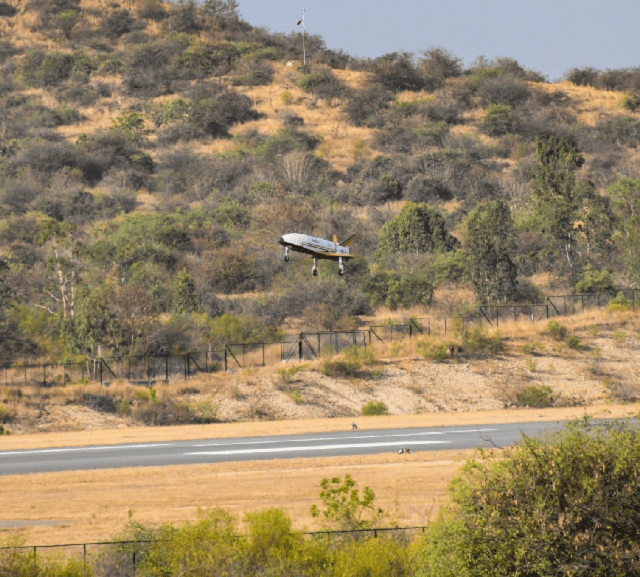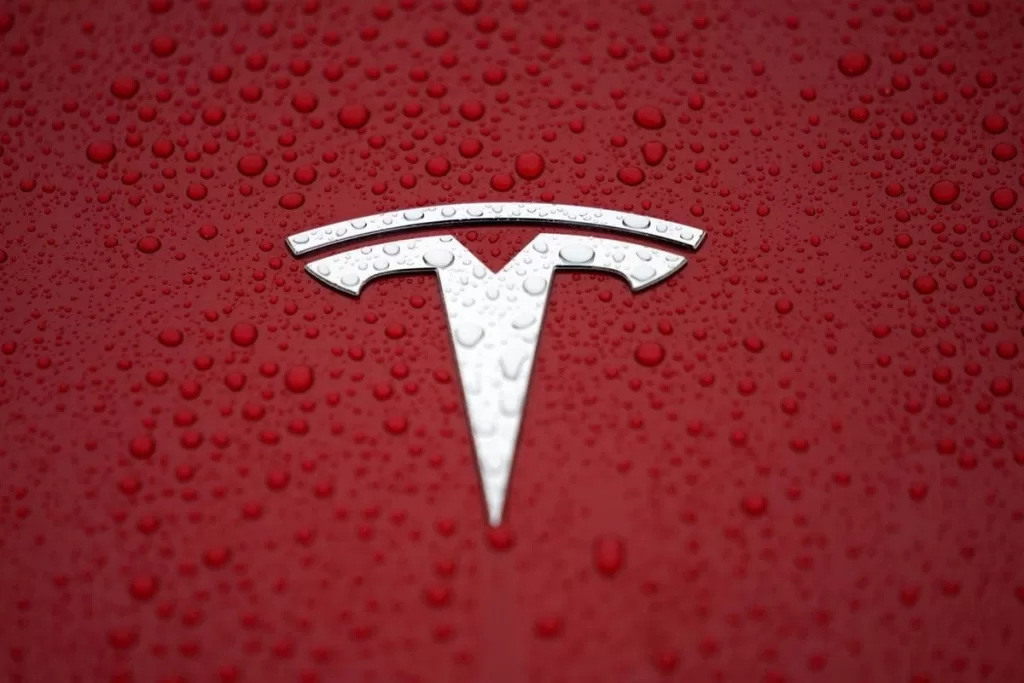The traditional tiered supply chain model is becoming obsolete in the automotive industry, especially for digital cockpits. Tier One suppliers are evolving their roles to meet new demands, such as providing versatile digital Cockpit Domain Controllers (CDCs). ABI Research projects this market to reach $15 billion by 2030, with a 34% CAGR.
Tier One suppliers are no longer solely responsible for component sourcing and supply chain management. Instead, Tier Two suppliers are collaborating more closely with OEMs for System-on-Chip (SoC) and software needs. OEMs are also taking greater ownership of their technology stack, either through in-house software divisions or partnerships with Tier Two suppliers.
Factors like COVID-19, semiconductor shortages, and the shift towards Software-Defined Vehicles (SDVs) are driving OEMs to seek more control over their value chain. This includes accelerating innovation timelines, facilitated by CDC technology.
While safety certification and system integration remain Tier One responsibilities, adjustments are necessary to meet OEM requirements in the SDV era. OEMs are becoming more selective about their choice of hypervisor, which will impact Tier One suppliers’ offerings.
Flexibility is crucial for Tier One suppliers to accommodate these changes. They need to provide hardware and software-agnostic solutions with pre-integrated features, such as Aptiv’s Smart Vehicle Architecture (SVA), Visteon’s SmartCore, or Continental’s Cockpit High-Performance Computer.
Adapting to the evolving automotive and digital cockpit ecosystems requires strategic investment and R&D. Successful integration of SDV digital cockpit systems demands advanced software expertise and collaborative planning with OEMs and silicon vendors to create adaptable architectures that meet consumer expectations rapidly.













